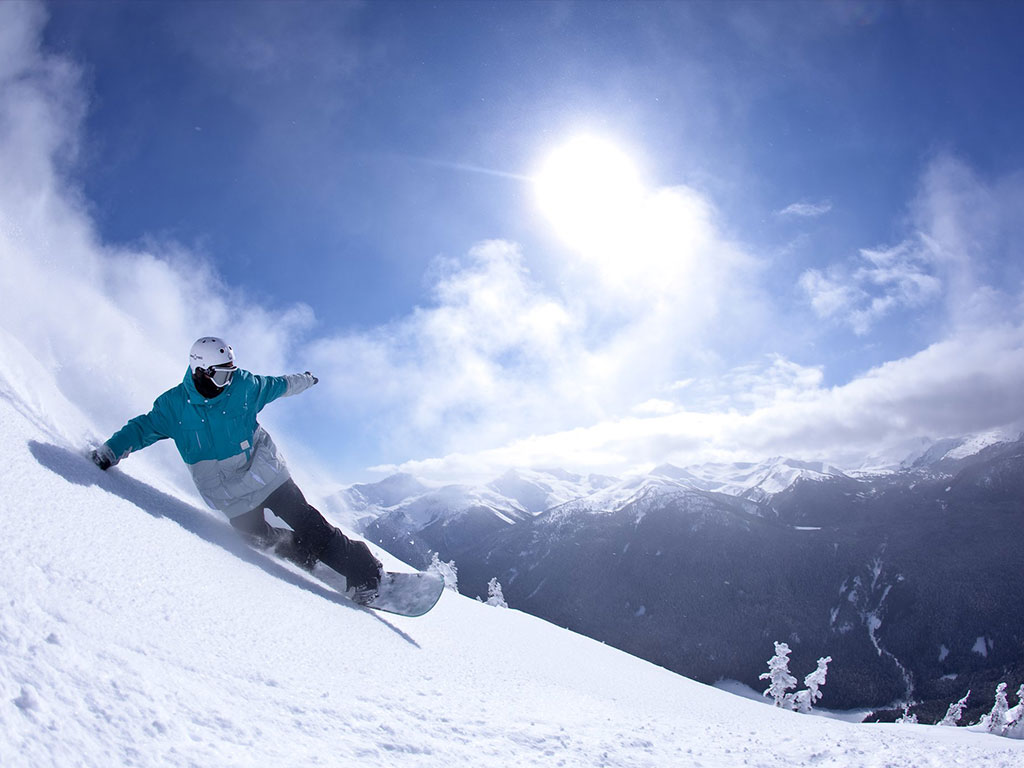I don’t run, I don’t lift weights, and I don’t frequent a gym. I admire those who do, but that’s not for me. In the summer I ride a bicycle to work; in the winter my kids and I ski.
Alpine skiing is probably the laziest winter sport ever invented — gravity takes you down, the lift takes you back up. (Okay, some may argue that bobsledding is the laziest winter sport; after all, you don’t even have to stand.) The skiing experience has improved dramatically over the past few decades. Shorter, parabolic-shaped skis have made the sport much easier and thus accessible to a much larger demographic, including couch potatoes like me. High-speed lifts are two and a half times faster than the old fixed-grip lifts, giving skiers more time on the slopes.
These improvements have made ski resorts more popular. Ski venue visits grew about 2 percent a year over the past decade. I live in Denver and frequent local mountains, so I looked at Vail Resorts as an investment. The only publicly traded ski resort in the U.S., Vail is an extremely well managed and unique asset, but it always looks expensive and lacks free cash flows.
I recently stumbled on another, no-less-intriguing ski resort: Whistler Blackcomb in British Columbia. The owner connected two mountains (predictably named Whistler and Blackcomb) 90 minutes from Vancouver to create the largest ski resort in North America. If the name sounds familiar, it is: Whistler Blackcomb hosted the alpine events for the 2010 Winter Olympics.
The Olympics had a profound impact on the resort. The Canadian government spent half a billion dollars on improving Highway 99 from Vancouver to Whistler Blackcomb, and this has increased visits by locals by 300,000 a year. The Olympics also increased awareness and cemented the reputation of Whistler Blackcomb’s brand. Last, having the winter games at the resort increased lodging capacity.









0 comments